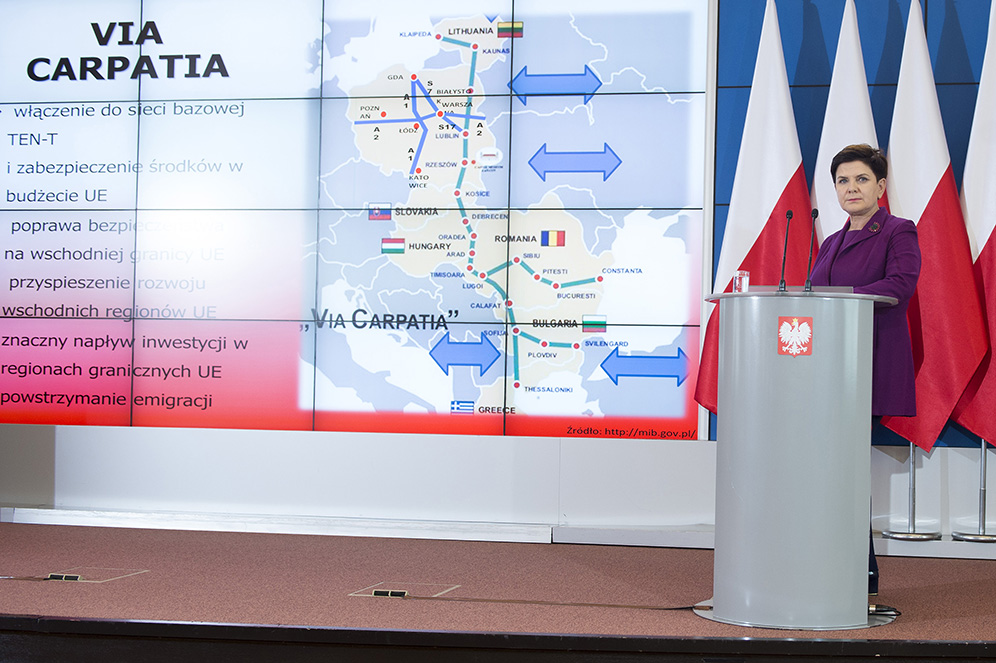Transnational infrastructures in an age of border-building: a keynote lecture
My first trip abroad after the onset of the pandemic took me to the lovely Bavarian city of Regensburg, whose Leibniz Institute for East and Southeast European Studies (IOS), Germany’s main hubs in this loosely defined field, had invited me to give a keynote lecture at their annual conference. The conference theme was very timely: “Infrastructure in East and Southeast Europe in Comparative Perspective: Past, Present and Future“, and I couldn’t resist the temptation to use the occasion to place present-day infrastructural and societal challenges in Europe in historical perspective, by discussing them in relation to 200 years of contentious European system-building activities.
But not only system-building; my overarching argument was that any analysis of transnational system-building also has to take into account the dynamics of “border-building”, a concept that I have earlier explored together with Arne Kaijser and Erik van der Vleuten in our contribution to the Making Europe book series, “Europe’s Infrastructure Transition: Economy, War, Nature“. I argued that it is precisely in the interaction between system-building and border-building that we must look for the essence of what transnational infrastructures are really about and how they function (and don’t function!) in a rapidly changing world. In Eastern and Southeastern Europe, the co-evolution of system- and border-building is currently demonstrated by the intriguing combination of transnational system-building visions such as the ones promoted by the state-led Three Seas Initiative, and parallel efforts to strengthen border controls and make it more difficult for people and goods to make it across national borders in the region.


I suggested to examine the dynamics of system- and border-building by conceptually distinguishing between two different logics that in a longue durée perspective can be seen to have shaped the dialectics of systems and borders over longer periods of time. I referred, on the one hand, to a “techno-economic” logic, and on the other, a “geo-political” logic.
The techno-economic logic allows us to see how technical and economic development historically generated a demand for a more open world featuring an ever denser network of cross-border interconnections and flows. This development repeatedly generated a counter-trend in terms of demands for stricter border controls and reduced flows. The resulting dialectics can be traced back to nineteenth-century demands to remove “artificial” infrastructural obstacles such as the tolls collected along rivers, and it ends, for the time being, with the efforts of border-builders in our own era to close Europe’s borders to immigrants.
The geo-political logic, by contrast, is about the interplay between shifting political geographies and national and transnational system-building activities. The starting point here is the observation that infrastructures have always been developed with a certain political geography in mind. When this political geography changes, the existing systems no longer seem to match or fit the new geopolitical realities. This has historically generated a desire from the side of both system-builders and border-builders to do something about this. This logic was perhaps most pronounced following the end of World War I, but it is nowadays equally omnipresent all over Central and Eastern Europe. There, following the collapse of communism in 1989, many countries are still in the process of trying to adapt communist-era systems to the new political geography of Europe. This has in many cases been an exceedingly slow process, as testified by the still unsuccessful attempts by, for example, the Baltic countries to break away from the Soviet-era electricity grid, through which they remain tied to both Russia and Belarus.
Trackbacks & Pingbacks